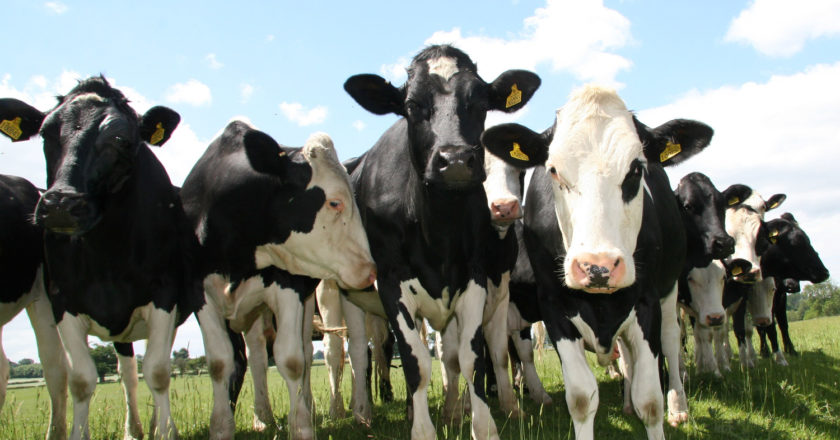
Livestock research shows dramatic greenhouse gas reduction
Scientists in South East Asia have measured greenhouse gas (GHG) emissions from goats and cattle in a series of research projects investigating the effects of different feeding regimes. By changing the animals’ diets, GHG emission reductions of up to 60% have been achieved.
21 different research projects have been reviewed by Gasmet Technologies, the Finnish instrumentation company which supplied the portable FTIR gas analyzer that was used in the work. The research papers have been published by ‘Livestock Research for Rural Development,’ a peer-reviewed international journal for research into sustainable developing world agriculture.
Prof. Reg Preston, who participated in much of the research, says: “With an understanding of the enteric fermentation processes that result in the formation of methane, it is possible to speculate on the effects of changes to the diets of ruminants, so these research projects were designed to test our hypotheses. In each case, the effects of various diets were measured in terms of animal performance criteria such as feed conversion and growth rates, but also in terms of GHG emissions.”
Major concern exists relating to recent increases in global methane emissions. However, livestock play an important role in Asia, which extends beyond the supply of meat and milk; they are also used for purposes such as draft power, transportation, capital, credit, social value, hides, and as a source of organic fertilizer. Nevertheless, ruminants are significant contributors to atmospheric GHG emissions. It is essential therefore to find ways to reduce these emissions, and the research projects mentioned above demonstrate how significant reductions can be achieved while improving animal production and utilizing low cost, locally available resources.
Read the full text of the review article summarizing the research: Managing livestock diets to reduce greenhouse gas emissions